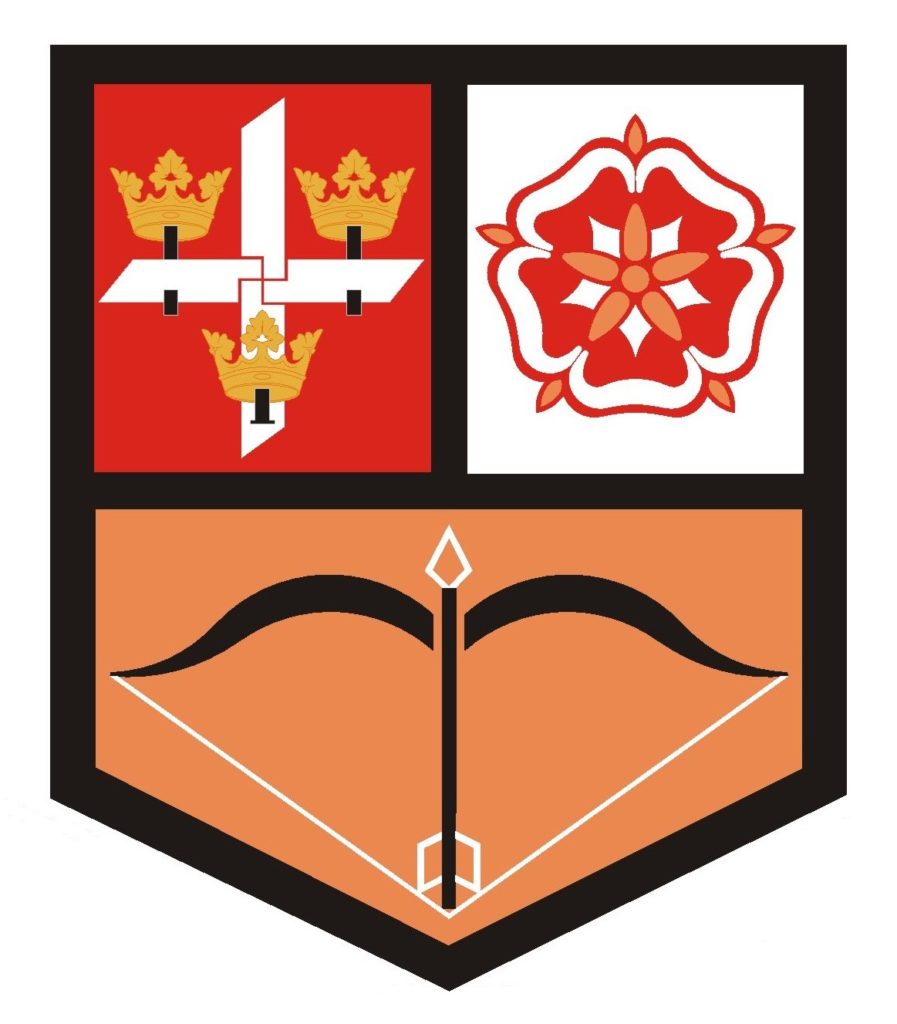
Archery has a long and storied history that dates back thousands of years. Here is a brief overview of the history of Olympic Recurve archery:
- Ancient Origins: Archery has been used for hunting and warfare since prehistoric times. The earliest evidence of archery comes from cave paintings in Spain, estimated to be around 20,000 years old.
- Ancient Olympic Games: Archery was included as a sport in the ancient Olympic Games held in Greece from 776 BCE to 393 CE. However, it was later removed from the Olympic program, and archery as a competitive sport declined in popularity during the Middle Ages.
- Revival of Archery: In the late 18th and early 19th centuries, there was a resurgence of interest in archery as a recreational activity and a sport. Archery clubs were formed, and competitions were held throughout Europe.
- Modern Olympic Games: Archery made its return to the Olympic Games in 1900 in Paris, but it was only a demonstration sport. It became an official Olympic sport in 1904 in St. Louis and has been a part of the Summer Olympics since then, with a few exceptions.
- Evolution of Equipment: Olympic Recurve archery, as we know it today, has evolved significantly over time. The recurve bow, characterized by its distinctive curved limbs, gained popularity for its power and accuracy. Modern recurve bows are made of lightweight materials such as carbon fiber, and they feature stabilizers, sights, and other accessories to enhance performance.
- Introduction of Women’s Archery: Women’s archery was first included in the Olympic program in 1904. However, it wasn’t until 1972 in Munich that women’s archery events were held again. Since then, both men’s and women’s events have been an integral part of the Olympic archery competition.
- Olympic Recurve Format: The Olympic Recurve competition consists of several rounds, including qualification, individual matches, and team matches. Archers shoot from a distance of 70 meters at a target with a diameter of 122 cm. The target is divided into ten concentric rings, with the central ring known as the “Gold”, “X” or “Spider”.
- Notable Olympians: Numerous archers have left their mark on Olympic Recurve archery. Some notable figures include Hubert Van Innis (Belgium), who won six gold medals between 1900 and 1920, and Ki Bo-bae (South Korea), who became a triple Olympic champion in women’s individual and team events in 2012 and 2016.
- Global Dominance of South Korea: South Korea has been the dominant force in Olympic Recurve archery for several decades. South Korean archers have consistently won numerous medals and set world records, thanks to their rigorous training programs and technical excellence.
Today, Olympic Recurve archery continues to captivate audiences around the world during the Summer Olympic Games, showcasing the precision, skill, and mental focus required to excel in this ancient yet modern sport.
